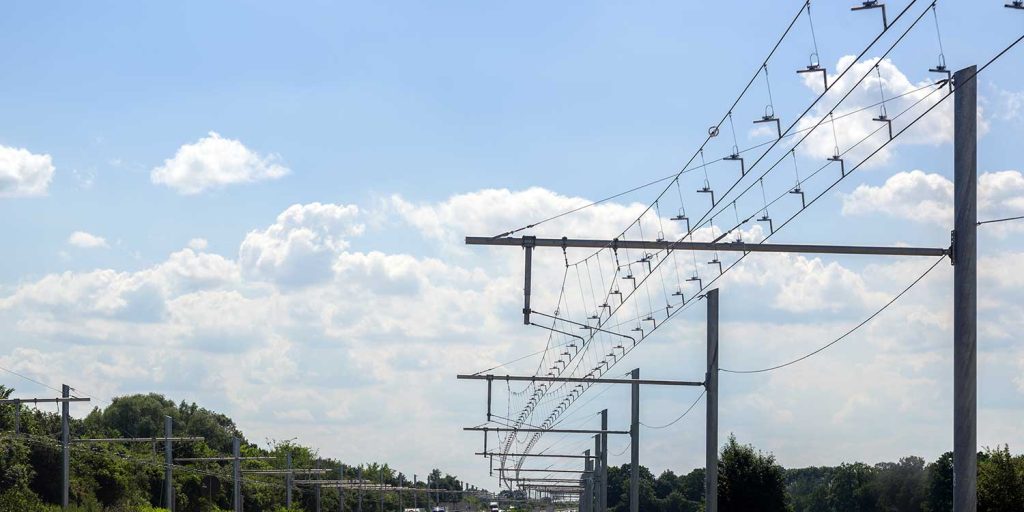In 2018 transport accounted for 31% of greenhouse gas emissions in the UK – compared to just 16% in 1990. That’s not because transport emissions have increased greatly; it’s because they’ve remained stubbornly the same, while emissions from other sectors – notably power supply – have fallen dramatically.
Other sectors can contribute still more in the journey to net zero, but each tonne will prove technically harder, and progressively more expensive. As the new largest single contributor to UK greenhouse gas emissions, transport is now in the spotlight. And the good news is that (unlike heating for example) transport emissions are eminently addressable, with some pathways already falling into place. A few years ago there was a genuine debate about whether hydrogen fuelled cars would be the natural replacement of choice to those with internal combustion engines. But low carbon content on the grid, falling battery prices, and – more than anything else – sheer ease of transition have put battery electric vehicles (BEVs) well ahead of hydrogen alternatives in almost every country.
But road haulage and buses haven’t delivered a clear winner replacement yet. The weight and charging time of the huge batteries required compromises the battery-only solution for trucks. Hydrogen isn’t a dense or easily stored fuel, compared with say diesel, and developing refuelling network would take time, money and governmental commitment; though some feel it’s ultimately a more feasible solution. And then of course there is natural gas derived from renewable sources as third commonly discussed option.
But there are more innovative alternatives. One form of transport that is decarbonising steadily is the rail system; the power supplies that electric trains and trams use are of course falling in carbon content. There are more routes being electrified; and gradually diesel trains that continue to run on electrified routes are being replaced with electric models.
Moving more freight and public transport passengers on to rail is a good thing, as far as it is possible. However, most freight routes and bus journeys are not between places on the rail network.
Does that have to be a insurmountable barrier to extending the advantages enjoyed by rail and tram systems? Researchers at the the Centre For Sustainable Road Freight think not. In their recent white paper they recommend adoption of an “Electric Road System” – a sort of hybrid solution. In the proposed system an overhead “catenary wire” is hung along the slow land of major motorways; lorries with “pantographs” draw power to drive them along and also to recharge their on board batteries. Certainly we can say that boundaries between road and rail have blurred in other applications too; Cambridge’s guided bus system is very much like a tram, and when away from the public road travels at a rail-like speed. However, it has inflatables tyre meaning that apart from the overhead power cables, no adaption of the road surface is required when it travels on shared roads.
The steel wheel and rail system were invented for trains before John Boyd first put inflatable rubber tyres onto a bicycle in 1888. Steel wheels have lower rolling resistance, but at the cost of flexibility of routing. Perhaps, with technology that can now guide vehicles on roads as if they were on rails, the age of train-like vehicles running on roads has arrived. Trialling a catenary and pantograph system on motorways would be a brave decision for the UK government. Although the concept has been tested in Germany and Sweden, the scale has been very limited. There may be practical issues with disruption during construction and even operation, and perhaps the commercial incentives to encourage enough hauliers to commission bespoke lorries. But the opportunity is there for the UK to blaze a trail – metaphorically rather than literally -down the slow lane of its motorway spines.
